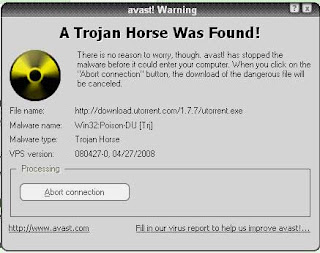Almost after 8 months of its first beta release, Mozilla Firefox 4 is here with us. The launch time is also significant because it is released just eight days after Microsoft IE 9's official launch. Firefox 4 was originally scheduled to launch in November 2010. Damon Sicore, Mozilla's senior director of platform engineering, said in a message on a company forum,
"Today's triage session concluded with all systems go for a Firefox 4 launch on March 22."
Users running Firefox 3.5 or 3.6 can download the latest version by selecting "Check for updates" from the Help menu. While users running Firefox 4 RC, need not download anything as Mozilla deems that build identical to the final.
Firefox 4 for Windows, Mac and Linux is available in more than 70 languages. And yes, Firefox 4 supports Windows XP too, unlike IE 9 which supports Windows Vista and Windows 7. So, here's looking into all that is new in Firefox 4.
Tab Location:
Tabs are given top visual priority for intuitive browsing.
An easier way to manage your add-ons and discover new options for personalising your browsing.
Speed
Firefox 4 contains huge performance enhancements, including new JagerMonkey JavaScript engine. From faster start up times and graphics rendering to improved page load speed, Mozilla claims that users will notice the difference instantly.
HD Video
As pioneers of HTML5 video standards, Firefox also supports the WebM format so you can watch open HD quality video.
Changes to the C++ representation of JavaScript values allow Firefox to execute heavy, numeric code more efficiently, resulting in cleaner graphics and a better browsing experience.
Multi-touch Support
Firefox now integrates multi-touch support for Windows 7, enabling users to interact with their browser in a new way.
3D On the Web
WebGL brings 3D graphics to Firefox, opening the door for developers to create vivid games and new kinds of visualizations and experiences for the Web.
Firefox also starts up faster thanks to XPCOM module improvements that help in better extensions framework
New Fonts
Firefox 4's OpenType font feature gives designers and developers more control over a variety of font features -- like kerning or ligatures -- to create websites. There's also support for new CSS3 features like Transitions and Transformations.
Upgrading Forms
Firefox integrated Form features like list attributes and HTML5 validation provide the tools to make annoying form implementation development a thing of the past. A new HTML5 parser and full support for web video, audio, drag & drop, and file handling means Firefox 4 is ready to run the Web apps.
Full Hardware Acceleration
Users can experience fast graphics acceleration with Direct2D and Direct3D on Windows, XRender on Linux and OpenGL on Mac, now enabled by default, on all supported hardware.
SVG as Images
SVG files can now be used as images and backgrounds in Firefox, meaning that developers and designers can have performance-conscious websites with lighter, resolution-independent image files.
Compartments
Firefox can now better manage JavaScript objects with Compartments, offering improved cache utilisation and garbage collection mechanisms for better security, memory management and overall performance.
Crash Protection
Firefox provides uninterrupted browsing for Windows, Linux and now Mac when there is a crash in the Adobe Flash, Apple Quicktime or Microsoft Silverlight plugins. If one of these commonly-used plugins crashes or freezes, it won’t affect the rest of Firefox. Instead, user can simply reload the page to restart the plugin and try again.
HSTS
Sites can now keep attackers from intercepting sensitive data while accessing the site by telling Firefox to automatically establish secure connections to their servers (https).

